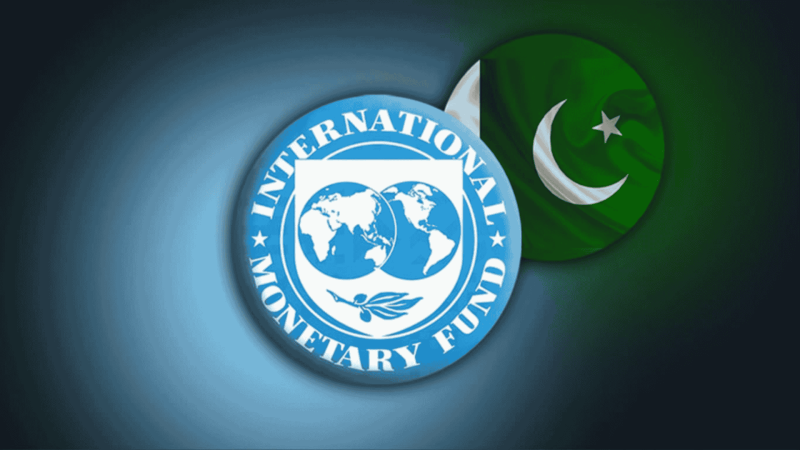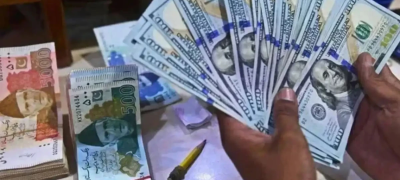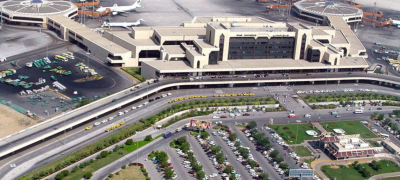The International Monetary Fund (IMF) has revised its economic outlook for the Middle East, North Africa (MENA) region, and Pakistan, projecting a growth rate of 3.2% in 2025. This marks an increase from the 2.1% growth expected in 2024 and is higher than the IMF’s earlier forecast issued in April.
According to the IMF, the MENA region and Pakistan are benefiting from improved global conditions. Oil-exporting countries are gaining from higher output as OPEC+ eases production cuts, while oil-importing nations, including Pakistan, are seeing growth driven by lower energy costs, strong remittances, and a rise in tourism.
Jihad Azour, Director of the IMF’s Middle East and Central Asia Department, said during the 2025 Annual Meetings that growth in the MENA region and Pakistan is expected to climb to 3.7% in 2026. He added that inflation is likely to stay moderate, supported by tight monetary policies and reduced food and energy prices.
In its latest Regional Economic Outlook Report, the IMF noted that Pakistan’s growth momentum is strengthening and projected GDP growth to reach 4.5% in the coming years. The Fund commended Pakistan for its progress on structural reforms, particularly in the energy and tax sectors, which have helped stabilize public finances and boost investor confidence.
The report mentioned that inflation in Pakistan eased earlier due to falling food and energy prices but warned that price pressures could return in 2025–26 as energy subsidies are reduced.
The IMF also cautioned that potential floods in late 2025 could impact Pakistan’s growth, inflation, and external balance, though the extent of these effects remains uncertain.
Despite regional tensions, the IMF said Pakistan’s economy is showing resilience and gradual recovery. It emphasized that continued reforms in energy pricing, fiscal management, and investment policies could further strengthen Pakistan’s long-term economic outlook.
In other news read more about: IMF Warns Pakistan Needs $115 Billion in External Financing by 2030







